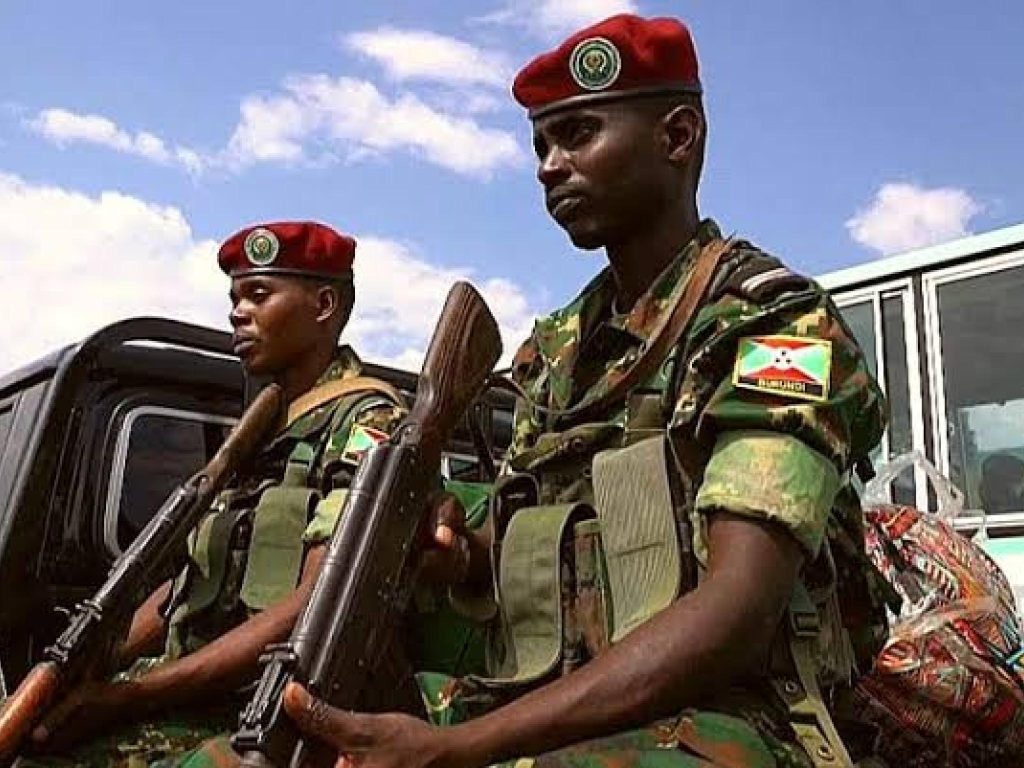As the East African region continues to grapple with security threats ranging from insurgencies to cross-border conflicts, the strength and professionalism of national armed forces remain a critical factor in maintaining peace and stability. Among the countries in focus are Rwanda and Burundi—neighboring states with intertwined histories but divergent military trajectories. This report examines and compares the military capacity, organization, and regional role of the Rwanda Defence Force (RDF) and the National Defence Force of Burundi (FDNB).
Troop Numbers and Military Structure
The Rwanda Defence Force (RDF) consists of more than 33,000 active personnel, including well-prepared reserve units. It operates through a well-defined structure with three main branches: land forces, air force, and elite special forces, all known for discipline and efficiency.

In contrast, the National Defence Force of Burundi (FDNB) is estimated to have between 20,000 and 30,000 troops. Although it has comparable military branches, the FDNB’s organizational and operational capacities are still developing, particularly in terms of command structure and communications.
Combat Readiness and Technology
The RDF is recognized for its rapid deployment ability and high-tech combat operations. It utilizes advanced equipment, including surveillance drones, night vision gear, and GPS-coordinated systems. The RDF has demonstrated successful intervention capabilities in foreign missions, such as its highly effective anti-insurgency campaign in Mozambique.

The FDNB, while experienced in internal security operations and countering rebel groups within Burundi, has limited access to modern combat technology. Much of its equipment is outdated, and its forces are less prepared for rapid, cross-border engagements.
Training and International Cooperation
The RDF maintains strong training partnerships with countries such as the United States, Israel, France, and China. These alliances have contributed to Rwanda’s reputation for military professionalism, particularly through peacekeeping deployments under the United Nations and African Union in countries like South Sudan and the Central African Republic.
The FDNB also contributes to UN peacekeeping missions and has shown commitment to international obligations. However, it faces persistent challenges, including economic constraints and political interference, which hinder consistent performance and long-term planning.
Military Budget and Technological Capacity
Rwanda allocates a steadily increasing budget to defense, supported by military-linked development initiatives such as Horizon Group and banking services like Zigama CSS. This financial backing has allowed the RDF to develop local military manufacturing and sustain modern infrastructure.
Burundi’s military budget remains modest, reflecting the country’s broader economic challenges. This has affected the FDNB’s ability to modernize, train consistently, and provide competitive incentives to its personnel.
Regional Security Role
The RDF has emerged as a key player in regional stability, frequently praised for its peacekeeping effectiveness and rapid crisis response. Its participation in multinational efforts has enhanced Rwanda’s soft power and security influence across the continent.
While the FDNB has taken part in regional peace operations, it has faced criticism in some missions due to reported conduct issues and internal political pressures. These factors have occasionally limited its impact on the broader regional security landscape.





